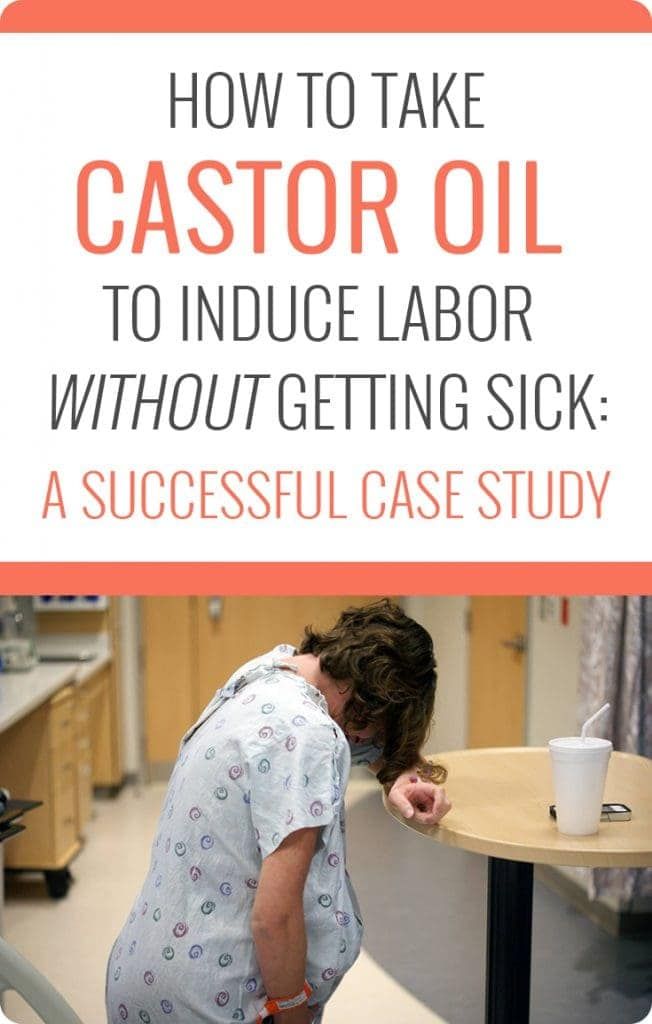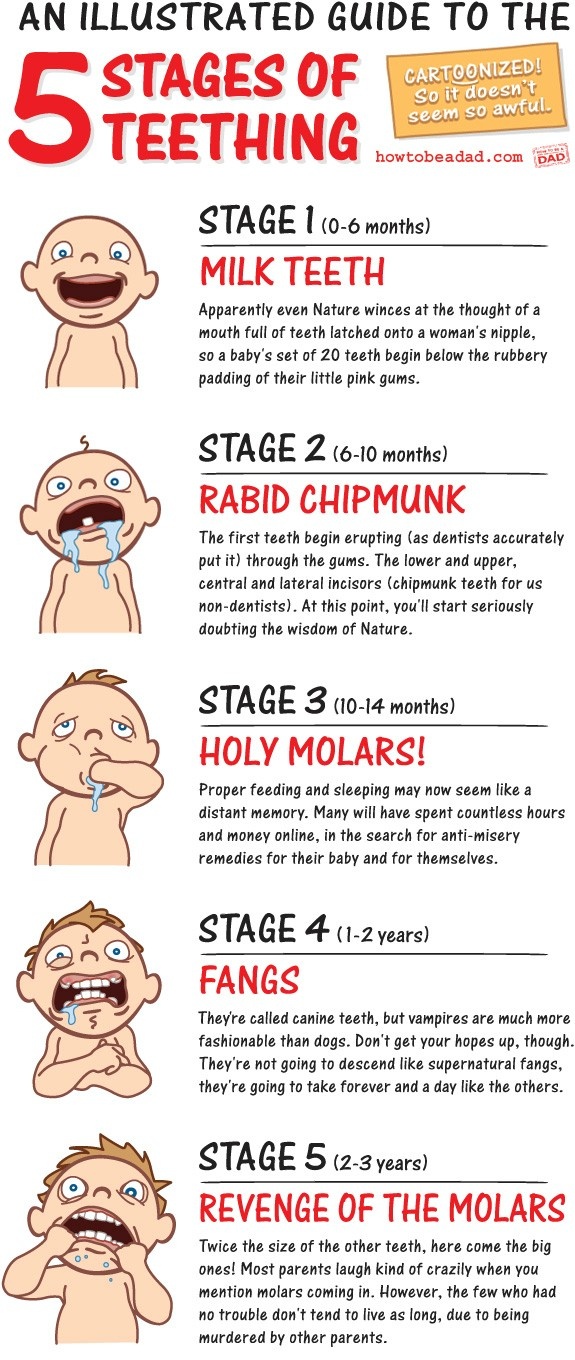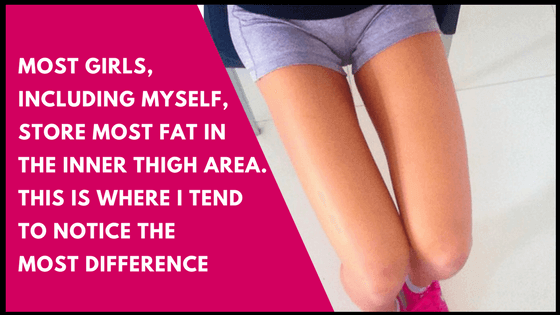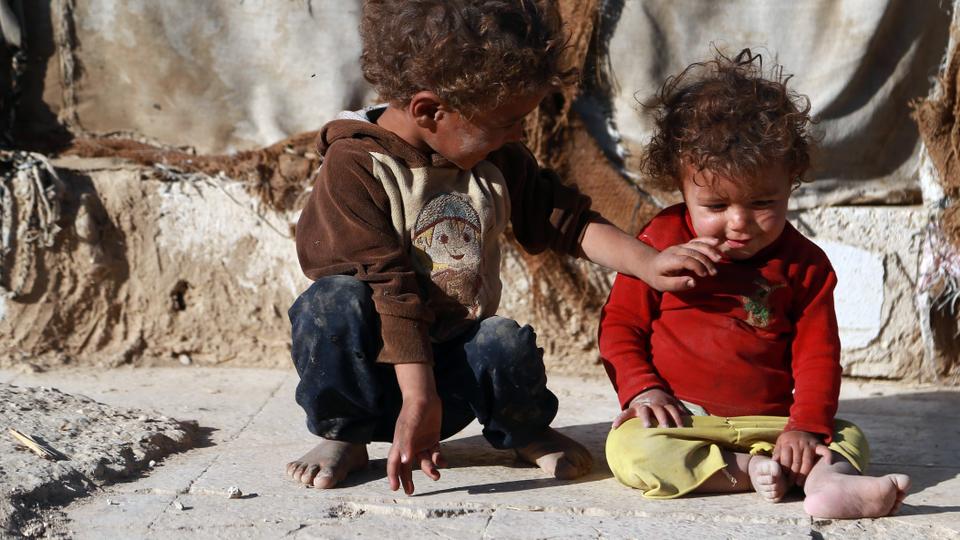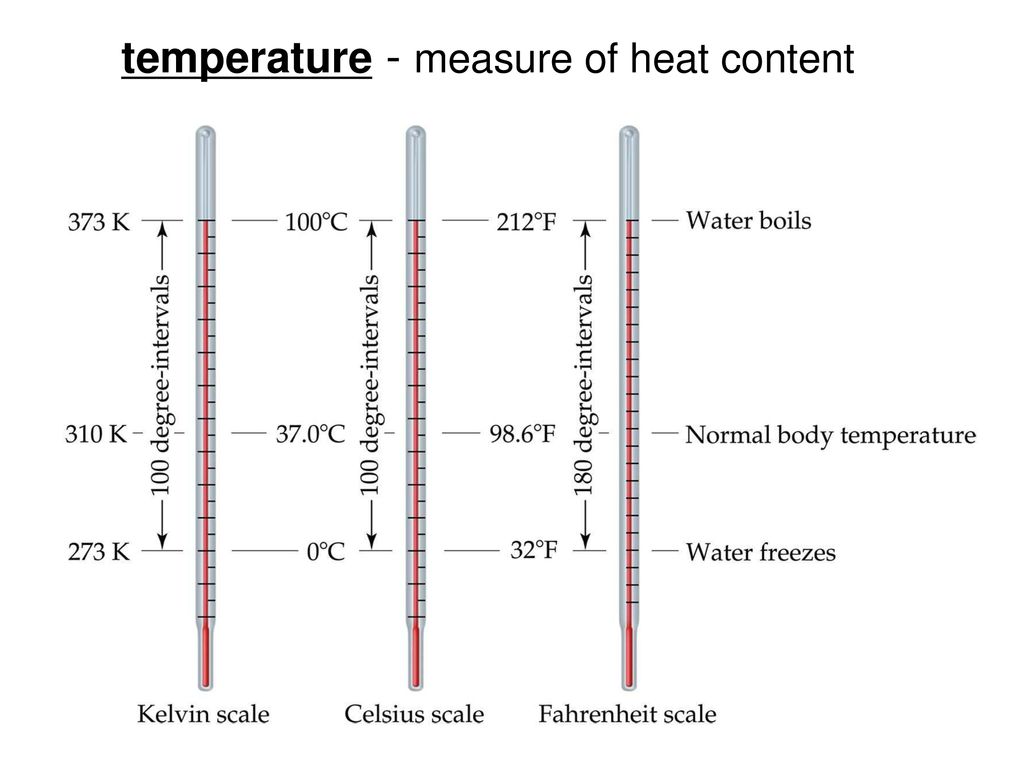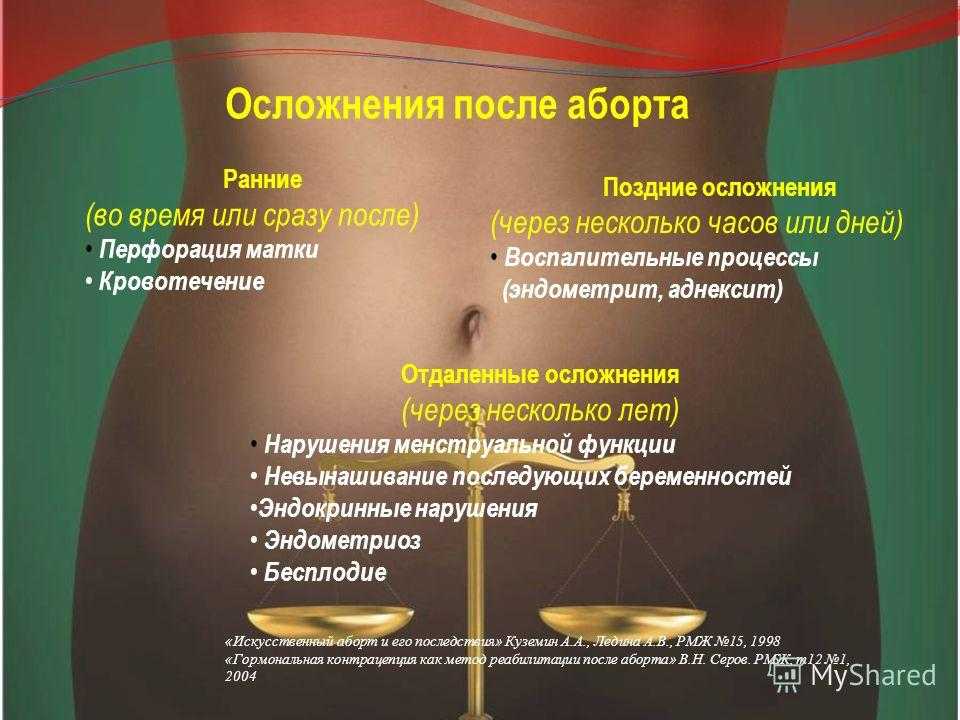How to sterilize baby bottles microwave
How to Sterilize Baby Bottles
Once you’ve done your research and decided on the best bottles for baby, there’s still another step to consider: how to clean them. Whether you’ve chosen glass, plastic or silicone bottles, you’ll have to keep them as pristine as possible to protect baby’s developing immune system. If you listen to advice from your mother or grandmother, you might be fretting over how to sterilize baby bottles—but nowadays sterilizing baby bottles isn’t absolutely necessary, except in certain situations. “This practice is a bit outdated now that the majority of homes in developed countries use treated municipal water,” says Caitlin Hoff, a health and safety investigator for ConsumerSafety.org. “There are, however, some cases in which you might want to sterilize a bottle.” Here, we break down when sterilizing baby bottles is a good idea and the best methods for the job.
In this article:
When to sterilize baby bottles
How often to sterilize baby bottles
How to sterilize baby bottles
How to clean baby bottles
When to Sterilize Baby Bottles
Sterilizing baby bottles is an added step beyond traditional cleaning that provides extra protection against germs. And generally speaking, it’s a one-and-done deal. “When you first buy bottles, it’s important to sterilize them at least one time,” says Samira Armin, MD, a pediatrician at Texas Children’s Pediatrics. After all, you don’t know where that bottle was before it was packaged and sold to you, so an initial sterilization is a quick, easy way to ensure baby’s health and safety. “After that, it’s no longer necessary to sterilize bottles or their accessories,” she adds. “Many years ago, when water supplies weren’t reliably clean, baby items required sterilization, but nowadays this is thankfully not an issue.”
That said, there are instances when you might want to sterilize baby’s bottle beyond that first use. According to Hoff, these include:
• If you’re using borrowed or second-hand bottles. With all the gear and supplies that babies require, some moms hit up consignment shops or borrow baby bottles from a friend. In these cases, it’s critical to sterilize pre-used bottles before giving it to your child for the first time.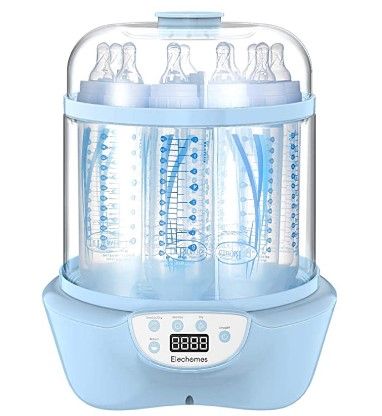 The same goes for bottles that have been used for older siblings in your own home.
The same goes for bottles that have been used for older siblings in your own home.
• If baby has been sick. It’s no fun when baby’s sick, so the last thing you want to do is risk re-infecting them by using unclean bottles. “If you’re concerned about any lingering germs or bacteria on your child’s bottles, sterilizing them will certainly put your mind at ease,” Hoff says.
• If baby was premature or has health issues. According to the Centers for Disease Control and Prevention (CDC), sterilization is particularly important if baby was born prematurely or has a weakened immune system.
• If you don’t have access to clean drinking water. If your home isn’t part of a municipality with clean drinking water, you use well water or you’re traveling in a country with questionable water, you may need to sterilize baby’s bottles often; once daily or even after each use would be prudent to avoid buildup of harmful microbes.
How Often to Sterilize Baby Bottles
As long as you have good quality municipal drinking water that isn’t coming from a well, it’s not necessary (or even recommended) to sterilize baby’s bottles too often. “Regular sterilization can potentially damage the bottle and allow chemicals to leach into the milk, especially if the bottle has BPA in it,” says Daniel Ganjian, MD, a pediatrician at St. John’s Health Center in Santa Monica, California. The Food and Drug Administration (FDA) banned the use of bisphenol A, or BPA, in baby bottles back in 2012 due to concerns over the chemical’s impact on infant development—but if you’re using older plastic bottles, make sure they don’t have the recycling number 7 imprinted on the bottom.
“Regular sterilization can potentially damage the bottle and allow chemicals to leach into the milk, especially if the bottle has BPA in it,” says Daniel Ganjian, MD, a pediatrician at St. John’s Health Center in Santa Monica, California. The Food and Drug Administration (FDA) banned the use of bisphenol A, or BPA, in baby bottles back in 2012 due to concerns over the chemical’s impact on infant development—but if you’re using older plastic bottles, make sure they don’t have the recycling number 7 imprinted on the bottom.
How often to sterilize baby bottles is really up to you, so do what feels right for your family. If you use a dishwasher with hot water and a heated drying cycle to clean your child’s feeding items, sanitizing baby bottles by hand isn’t called for. Otherwise, for extra germ removal beyond standard washing, the CDC says you can sanitize bottles at least once daily.
When to stop sterilizing baby bottles
If you do decide to sterilize baby’s bottles regularly, it’s okay to stop once baby is older than 3 months, according to CDC guidelines, since baby’s immune system isn’t quite so fragile anymore.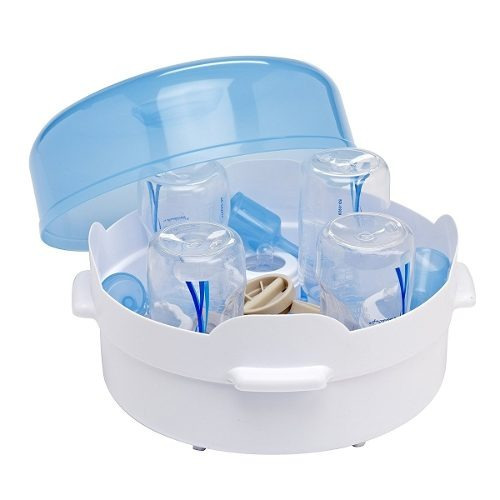
You should also stop sterilizing baby bottles and accessories if you notice any damage, Ganjian says. Glass bottles with cracks or chips should be tossed out, as should plastic bottles with splits, cracks, strong odors or any warping. Bottle nipples that have sustained noticeable wear and tear should always be replaced, since they can be a choking hazard.
How to Sterilize Baby Bottles
Sterilization kills bacteria in bottles through the use of high temperatures or chemicals, Armin says, and one method isn’t superior to another. So when it comes to deciding how to sterilize baby bottles, choose an approach that works best for you and your budget. Read on for step-by-step instructions for how to sterilize baby bottles using various techniques.
Sterilizing baby bottles with boiling water
No special equipment required here! To sterilize baby bottles using boiling water, all you need is water and a pot. And don’t worry—it’s fine to sanitize plastic bottles using this method.
- Fill a large, clean pot with enough water to cover the bottles.
- Submerge the freshly washed bottles in the water upside down, making sure there aren’t any air bubbles at the bottom.
- Bring the water to a boil.
- Boil the bottles for five minutes (check manufacturer guidelines for variations).
- Turn the heat off and remove the bottles using tongs.
- Place them on a clean, dry dishcloth and allow them to air dry.
Sterilizing baby bottles in the microwave
Another super-easy approach to sterilizing baby bottles? Using your microwave’s steam power! Here’s how to sterilize baby bottles in the microwave without any other special equipment:
- Start with a clean microwave.
- Fill bottles about halfway with water.
- Microwave on high for one to two minutes.
- Using oven mitts, remove bottles from the microwave, dump remaining water out and let the bottles air dry.
Another option is to purchase a microwave baby bottle sterilizer. This type of sterilizer also harnesses the power of steam, but it encloses the bottles in a plastic casing to give them a more thorough cleansing. These handy sterilizers are widely available and typically cost about half as much as the better-known electric baby bottle sterilizers.
This type of sterilizer also harnesses the power of steam, but it encloses the bottles in a plastic casing to give them a more thorough cleansing. These handy sterilizers are widely available and typically cost about half as much as the better-known electric baby bottle sterilizers.
Sterilizing baby bottles with electric steam
If you know you’ll sleep easier if baby’s bottles are sterilized regularly, you may want to spring for a countertop bottle sterilizer. Steam sterilization can reach higher temperatures than boiling water, so it can kill more bacteria and mold, Ganjian says.
Though they’re a bit more pricey than any of the other options, electric baby bottle sterilizers are probably the quickest, easiest option if you want (or need) to sanitize bottles frequently. Simply follow the instructions provided by the manufacturer. Plus, they can be used to sanitize bottles, bottle parts, nipples and more. Many moms even use these for small plastic toys and teething rings once baby outgrows the bottle stage. That’s knowing how to stretch a dollar!
That’s knowing how to stretch a dollar!
Sterilizing baby bottles with bleach
If you’re in a pinch and don’t have access to boiling water, steam or a dishwasher, the CDC condones the use of bleach to clean baby bottles. Here’s how to sterilize baby bottles with this method:
- Combine one teaspoon of unscented bleach with 16 cups of hot water.
- Submerge bottles in the solution, taking care to avoid any air bubbles in the bottom of the bottles.
- Soak bottles for two to five minutes, then remove with clean tongs.
- Place bottles on a clean dish towel to air dry. There’s no need to rinse, Armin says: “Any remaining bleach will break down quickly during the air-drying process and will not harm baby.”
Sterilizing baby bottles using sterilizing tablets
Wondering how to sterilize baby bottles when you’re away from home and don’t have access to your normal equipment? Food-grade, chlorine-based sterilizing tablets are just as effective at removing all the same microbes as the other sterilization techniques above. Be sure to follow the instructions on the packaging to ensure proper sterilization.
Be sure to follow the instructions on the packaging to ensure proper sterilization.
How to Clean Baby Bottles
Regardless of whether you decide to sterilize baby’s bottles, you’ll still have to thoroughly clean them after every feeding. “Newborns and infants have underdeveloped immune systems are vulnerable to infections by viruses, bacteria, parasites and fungi, which can all lead to illness. These germs can grow quickly if breast milk or formula is added to a partially used bottle that hasn’t been well cleaned,” Armin says. “Washing items thoroughly with hot water and soap is all that’s required to remove most harmful germs from bottles.” You can choose to wash bottles and their parts by hand or in the dishwasher. Here’s how:
Cleaning baby bottles in the dishwasher
Are your baby bottles dishwasher safe? Good news: Using your dishwasher’s hottest water setting and a heated drying cycle effectively sterilizes the bottles!
- Separate all bottle parts.
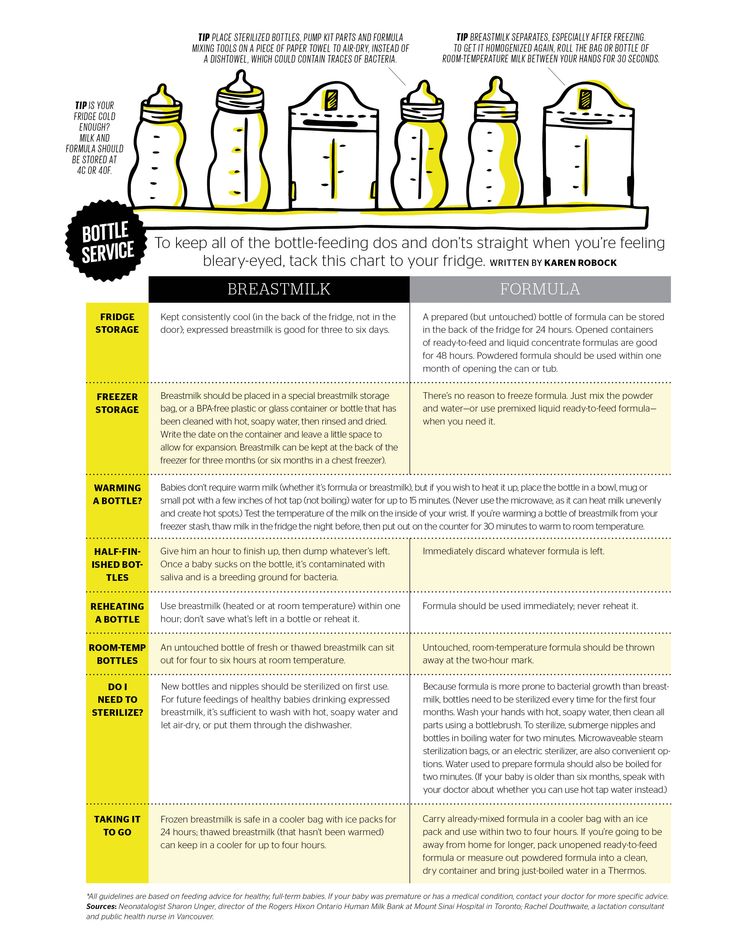
- Rinse the bottles and parts with clean water to remove any milk particles.
- Place all small parts (including rings, valves and nipples) in a dishwasher-safe basket to prevent them from falling to the bottom of the dishwasher.
- When possible, run the bottles on a hot-water cycle and heated drying cycle or select the sanitizing setting.
- Remove the bottles and parts from the dishwasher and allow to air dry on a clean dishcloth.
Cleaning baby bottles by hand
When cleaning by hand, the CDC recommends washing the bottles and their parts in a special container that’s only used for bottles, rather than having bottles come in contact with the sink, to prevent cross-contamination. You should also use a bottle brush or other cleaning utensil that’s set aside just for baby’s bottles.
- Start with clean hands.
- Separate the bottles and their parts and rinse each piece under running hot or cold water to remove any milk particles.
 Don’t set the bottles down in the sink.
Don’t set the bottles down in the sink. - Fill a clean basin with hot water and soap.
- Scrub the bottles and parts with a bottle brush, taking care to thoroughly clean all the way to the bottom of the bottle.
- Clean inside the nipples, making sure to flush water through the tiny holes at the tips.
- Rinse again under running water.
- Air dry on a clean dishcloth.
Updated February 2020
Expert bios:
As a health and safety investigator for ConsumerSafety.org, Caitlin Hoff educates families about important consumer topics that impact the general public’s health and safety. She holds a certification in CDC Health Literacy for Public Health Professionals.
Samira Armin, MD, FAAP, is a pediatrician at Texas Children’s Pediatrics. She earned her medical degree from St. George’s University in 2009 and specializes in newborns and healthy eating.
Daniel Ganjian, MD, is a pediatrician at Providence St. John’s Health Center in Santa Monica, California. He earned his medical degree from the University of California, Irvine, in 2004 and is a member of the Alpha Omega Alpha honor society, a designation given to just 10 percent of American physicians.
John’s Health Center in Santa Monica, California. He earned his medical degree from the University of California, Irvine, in 2004 and is a member of the Alpha Omega Alpha honor society, a designation given to just 10 percent of American physicians.
Please note: The Bump and the materials and information it contains are not intended to, and do not constitute, medical or other health advice or diagnosis and should not be used as such. You should always consult with a qualified physician or health professional about your specific circumstances.
Plus, more from The Bump:
16 Best Baby Bottles
How Much Should a Newborn Eat?
Pumping Breast Milk 101
How to sterilize baby feeding bottles in the microwave
A baby is extremely vulnerable and can be infected easily by the things in its environment. The surroundings can play an important role in your baby’s health. Therefore, it is vital that all the things that your baby has access to remain safe for its use.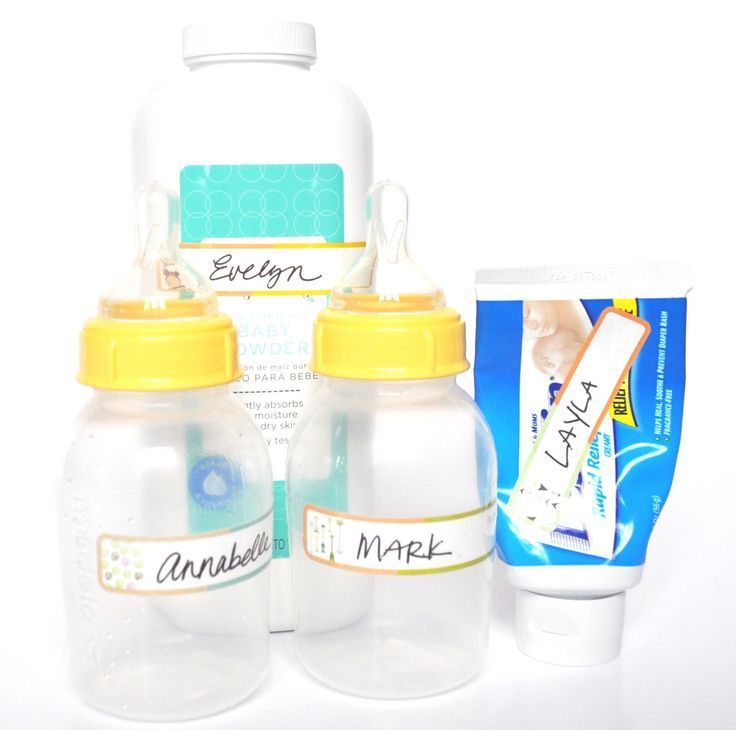
Babies usually have the habit of putting everything they get into their mouths. Feeding bottles are one of the things that are always used by your baby. Germs and other microorganisms find their way into your baby’s body through their mouth. A mere washing with water and soap is not enough to make the bottle safe for your baby’s use. Sterilization is very important to make sure that your baby is using a germ-free bottle.
The process of making the baby products such as EA-free bottles, teats, pacifiers, and teething toys or ring safe for use by heating them in boiling water or a microwave is sterilization. Using a sterilizing machine, microwave, hot water, boiling, or steaming are equally effective methods to sterilize whatever your baby uses.
Things to remember when you sterilize your baby’s products in a microwave.
- You must remove all the different attachments such as the nipple, the screw cap, and so on, and keep them separately in a bowl.

- Wash every component separately using detergent and warm water.
- Ensure that there are no remnants of milk or any other food product in the nipple or the bottle. If there is any, remove using a bottle brush and wash again.
- Make sure the bottle, the hole of the nipple, the grooves of the cap, and any other attachment havebeen cleaned thoroughly.
While using a microwave, ensure that you are using a BPA and EA-free bottle, because heat can cause the leaching of harmful chemicals and affect your baby’s health. Brand new baby bottles have to be sterilized even before the first use. Using a microwave is relatively easy. Wash the bottle and fill it halfway with water and place it upright in the microwave. Otherwise, fill water to half the capacity of a microwave-safe bowl, place all the parts including the bottle and other paraphernalia in the bowl, and place it inside the microwave.
Is it bad to sterilize baby bottles in the microwave?No, contrary to some myths, it is safe to sterilize baby bottles in a microwave.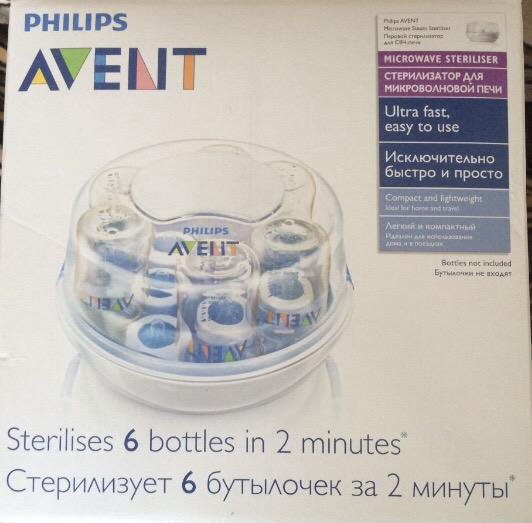 However, you must be careful about the cleanliness of the microwave.
However, you must be careful about the cleanliness of the microwave.
Microwaves that are used for all the needs of the house, such as cooking regular food, heating, or reheating everyday meals, can seldom be completely clean. Therefore, it is imperative that the microwave is cleaned first and safe to use for baby products.
Remember that sterilized bottles cannot be stored away in a dirty or dusty space. You can use tongs to remove the sterilized products from the microwave if you do not have oven mitts. However, using bare hands to remove recently steamed products is a very bad idea, and could lead to serious injury. When the items have been removed from the microwave, they can be stored away in airtight containers to make sure that they are safe for use at a later time.
Another precaution that should be taken is that the microwave should not contain anything that is not safe for use in the same. Metallic containers are a big no, so the bowl that you are using to sterilize the products should be microwave safe and not made of metal.
Following the instructions given with your baby product would prove useful. Normally, most companies have specified times and temperatures if you want to sterilize using the microwave. The life of the products depends on how well you follow these. It is best to adhere to the instructions to avoid any mishaps in the kitchen and to make sure that your baby is using a properly sterilized product.
It is also important to fill half the bottle with water before placing it in the microwave. Otherwise, you could end up melting the bottle. This would definitely prove to be a bad option. It is also important to use enough water in the bowl in which all the attachments are placed. Again, if this is not done, there could be disfigurement caused by melting. It could also lead to the sterilizing process being incomplete.
How long does it take to sterilize bottles in a microwave?Sterilization in a microwave is a quick and easy method of keeping things clean. Your baby’s feeding bottle requires only one or two minutes, on a high setting.
Your baby’s feeding bottle requires only one or two minutes, on a high setting.
The microwave uses steam power to sterilize the product. You can use a clean utensil to place all the products or buy a microwave baby bottle sterilizer. Start with a clean microwave, clean utensils that have been washed with soap and water, and microwave on high for one to two minutes.
The water in the bowl or bottle will heat up, and this steam is used to sterilize the bottle and its attachments. Though most companies recommend one to two minutes, this depends on the products, your microwave, and the type of sterilizer you are using. It could also depend on the number of products that you are sterilizing.
Another important thing to remember is that you must allow the products to cool enough before removing them from the microwave, as steam is hotter than boiling water and can result in burns. Use oven mitts to remove the utensils from the microwave to make sure that you do not get burnt or hurt yourself.
Baby bottles have to be sterilized daily or at least once a week to make sure that they do not carry any disease-causing germs such as bacteria or viruses growing in them. As your baby grows older, it is not necessary to sanitize the bottles every day, but you cannot skip this step completely. Sterilizing once a week should be enough to keep bacteria away.
As a new parent, you could be over-protective about your baby, and be too careful about cleanliness. You might end up sterilizing the products too often, maybe multiple times in a day. This is not necessary. Instead of sterilizing baby bottles after every use, you can wash them with warm soapy water. Alternatively, you could use a dishwasher to clean the feeding bottles, but you need to ensure that the dishwasher is clean.
It is recommended that you use separate baby bottles to feed your baby when it is ill so that the disease-causing germs are restricted to those products, and others are safe from exposure to the same bacteria or viruses. These bottles should be sterilized regularly so that the baby is not exposed to the same germs during consecutive feedings.
These bottles should be sterilized regularly so that the baby is not exposed to the same germs during consecutive feedings.
Yes, the bottles, teats, and caps should be washed carefully to remove remnants of food products and milk from the bottle and teats. Sterilization alone is not enough. In order to remove all the impurities that could be stuck in the bottle, it is important that the products be washed thoroughly.
Washing is important because it prevents any build-up from residual food. It also helps you to check for cracks in the bottle or teat. Washing helps to remove any milk or formula that is left in the bottle, or at the tip of the teat or nipple.
In order to make sure that your bottle is thoroughly cleaned, use hot, soapy water. Use a clean bottle brush to clean the insides of the bottle. While doing this, check for any cracks, as these can be harmful to your baby.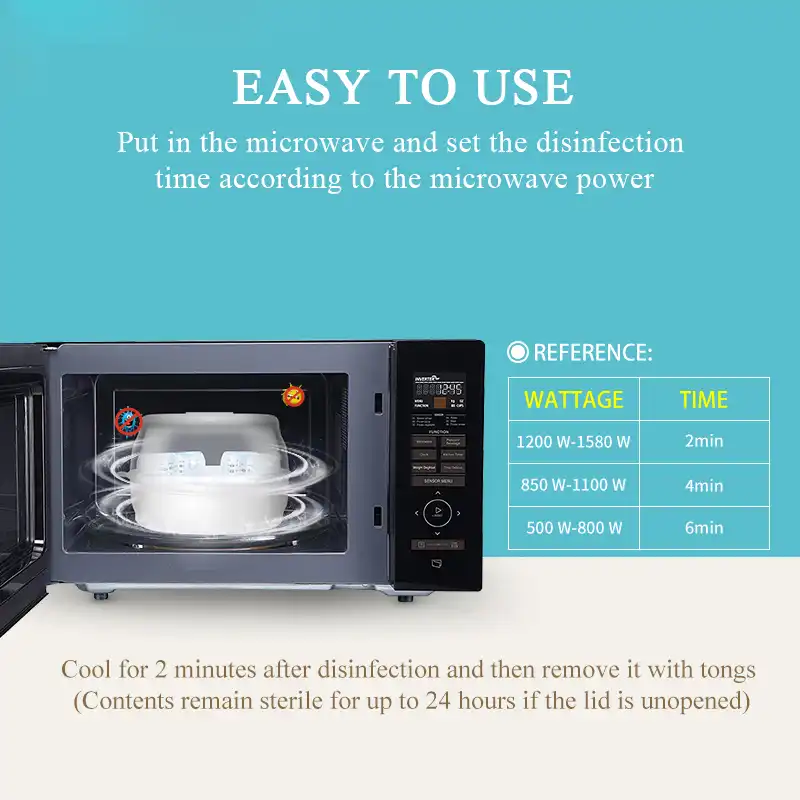 If the nipple is cracked or torn, dispose of it. Pay careful attention to the grooves at the bottom of the bottle, and where the cap is screwed on. Any residue in the grooves becomes a fertile breeding ground for bacteria.
If the nipple is cracked or torn, dispose of it. Pay careful attention to the grooves at the bottom of the bottle, and where the cap is screwed on. Any residue in the grooves becomes a fertile breeding ground for bacteria.
Once you have washed the bottle with soapy water, fill it with a little warm water and squirt this water through the teat to make sure that the teat-hole is clean. Rinse everything thoroughly.
Wash your hands again and dry them on a clean towel or a disposable tissue, so that no bacteria is transferred from your hands or the towel to the washed products.
It is always wise to use anti-bacterial gloves while washing, as the chances of bacteria spread are less. Since warm to hot water is used to wash the utensils, gloves will also prevent sensitive skin from getting burnt or prevent injuries.
How to Sterilize Bottles in the Microwave: 3 Ways, Tips
Breastfeeding should be preceded by sterilization of bottles, which will destroy possible bacteria that can cause disease, which the infant's immune system is not yet able to fight.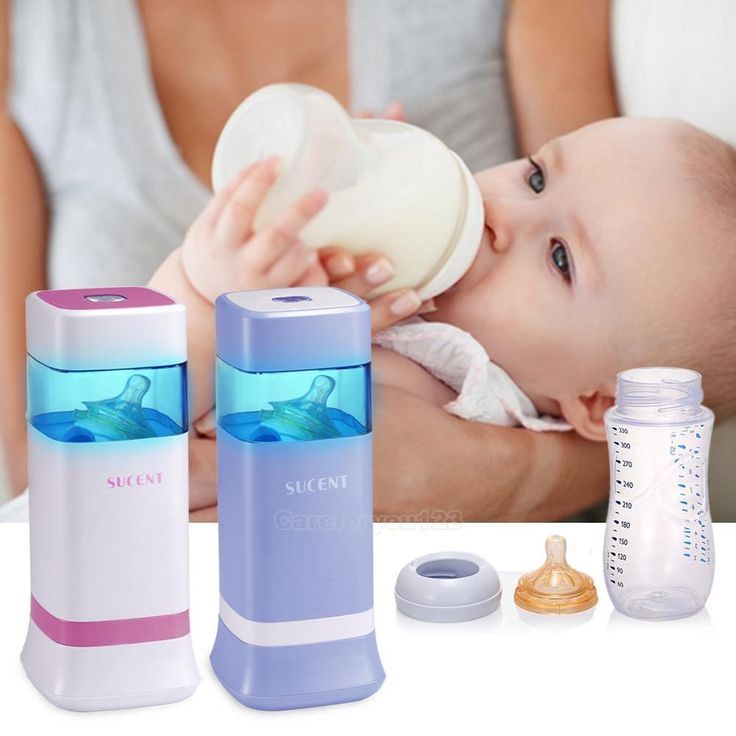 Sterilization, like washing, is a must every time you breastfeed your baby.
Sterilization, like washing, is a must every time you breastfeed your baby.
The process can be facilitated by using a microwave oven if the bottles are suitable for heating in it. How to sterilize bottles in the microwave is described below. The procedure will not destroy the integrity of the bottles, and will not introduce foreign substances into the milk for the baby.
You can use:
- special sterilizer,
- special bags,
- just pan.
For processing in the sterilizer you will need the following:
- sink cover;
- 4 soft towels or napkins;
- latex gloves;
- dishwashing liquid;
- round hard brush;
- hot water;
- microwavable plastic container;
- bottle sterilizer.
Instructions on how to sterilize baby bottles in the microwave
Rinse your kitchen sink with warm water to remove any food or grease. Wash your hands thoroughly under running water.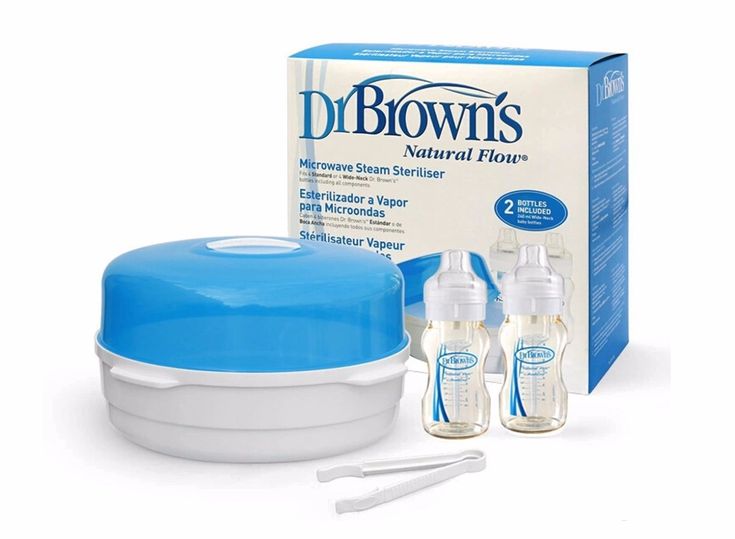 Dry them with a soft towel or napkin, put on latex gloves.
Dry them with a soft towel or napkin, put on latex gloves.
After plugging the sink, fill it with warm water, add dishwashing liquid.
Remove teats from bottles. Place nipples and bottles in soapy water.
Wash bottles thoroughly with a stiff brush to remove milk residues and stubborn dirt. Then remove the stopper from the sink and rinse the bottles under running water. Dry the bottles and nipples with a soft towel or tissue.
Microwave bottle sterilization
Wipe the inside of the plastic sterilization container with a clean, soft cloth to remove any dust. A container slightly larger than the bottle should be used so that it fits completely.
Place the bottle in a plastic container and place the container in your microwave. Set the timer to 90 seconds, close the door and press start to begin the sterilization process.
Use a clean, soft towel or tissue to remove the plastic container from the microwave. After removing the bottle from the container, dry it with a clean towel and refrigerate if you are not going to use it right away. Otherwise, pour milk or formula into a bottle and secure the nipple to the neck.
Otherwise, pour milk or formula into a bottle and secure the nipple to the neck.
Sterilize the other bottles in the same way, with each bottle sterilized separately.
Microwave Baby Bottle Sterilization: Tips and Cautions
You can purchase a bottle sterilizer available from retail and online baby supply stores that is used in the same way as a plastic container. Dry the sterilizer with a clean towel and place the bottle inside. Pour the recommended amount of water into the sterilizer, put it in the microwave, set the time on the timer recommended by the instructions for the sterilizer and follow steps 3 and 4 of our article.
Do not close the bottles during sterilization, this will cause pressure to build up inside them and may cause an explosion.
It should be noted that in addition to a special sterilizer, there are reusable packages for sterilization in a microwave oven.
They are produced by many companies involved in the production of children's goods, for example, Medela, Philips and others. It is very easy to sterilize bottles in such packages: fold the dishes, pour water, close the package, put it in the microwave (sterilization time is indicated on the package, from 90 sec. up to several minutes).
It is very easy to sterilize bottles in such packages: fold the dishes, pour water, close the package, put it in the microwave (sterilization time is indicated on the package, from 90 sec. up to several minutes).
In order not to forget how many times the bag has been used, you can mark each time on a special plate. For safe use, some manufacturers have made a spout for draining on the side.
It is very convenient to use such bags not only at home, but also to take them with you on a visit, on a trip.
If you do not have a sterilizer and bags, use regular glassware.
Pour cold water into it, put the washed bottles and microwave for 8-10 minutes at maximum.
newborn, nursing, no sterilizer
Microwave sterilization of the bottles is necessary every time before feeding a small child. Newborns are especially sensitive to any infections, so great attention is paid to the cleanliness of dishes.
Is it possible to sterilize baby bottles in the microwave
There are many ways to sterilize baby bottles. Most often, at home, the container is processed in boiling water, in a double boiler or slow cooker, as well as in a microwave.
Most often, at home, the container is processed in boiling water, in a double boiler or slow cooker, as well as in a microwave.
The last option is convenient in that it helps to clean the bottles of any possible microorganisms in just a few minutes. It is not required to use any additional tools and devices for sterilization, and it is also not necessary to observe the processing of dishes for a long time.
Sterilization of baby utensils is recommended for at least the first six months of a child's lifePreparing bottles for sterilization
Prepare utensils before sterilizing baby bottles in the microwave. Namely:
- Unscrew teat caps, remove and store separately.
- Wash containers thoroughly with salt, soda, or commercially available safe detergent.
- Clean the inner walls with a fine brush.
- Rinse bottles under running water several times to remove chemical residues before sterilization.
Tip! The nipples and fixing rings are especially thoroughly washed with salt or soda, since these elements accumulate the most contaminants.

How to sterilize bottles in the microwave
There are several ways to sterilize bottles in the microwave oven. Which one to choose depends on personal convenience and on the presence or absence of special devices at hand.
How to sterilize baby bottles in the microwave without a sterilizer
The easiest way to sterilize baby utensils in the microwave is with a commercially available decontamination container. But if it is not available, you can use the usual plastic box. The sterilization algorithm in the oven looks like this:
- For the procedure, choose the most capacious and deep container for heating food.
- Rinse thoroughly with baking soda or baby dish detergent and rinse.
- Wipe the container on all sides with a clean, soft cloth.
- Place one or more feeding containers on the bottom, depending on the size of the container.
- Fill the bottles to the top with cold water.
- Close the container with a lid and place in a sterilization oven.

- Set the device to maximum power and start the microwave for 1.5 minutes.
- After the beep, wait another 2-3 minutes for the dishes to cool down a little.
- Remove the container from the microwave oven and wipe with a dry cloth to remove any remaining moisture.
Only whole bottles can be sterilized in the microwave oven - containers with chips and cracks must be replacedTip! Sterilization is best done immediately before feeding in order to use the cleanest dishes.
Sterilization in special bags
If deep plastic containers are not at hand, you can sterilize feeding bottles in the microwave in special bags. Disinfection is carried out according to the following scheme:
- Children's dishes are washed from dirt and wiped from moisture.
- Fold into a bag and let the air out a little.
- Pour hot water inside, then fasten the fixture and check for leaks.
- Place the bag in a deep microwaveable glass dish.
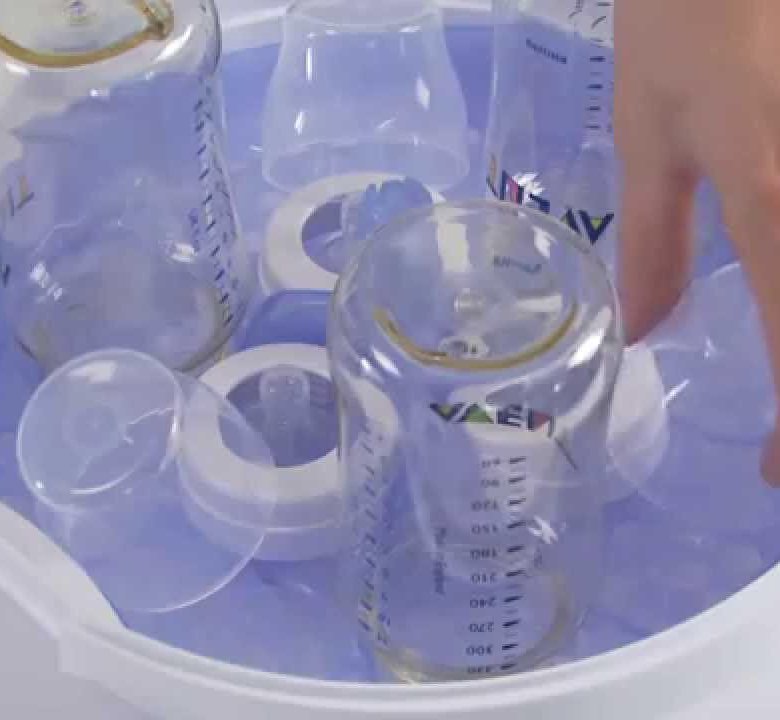
- Place the container in the instrument chamber.
- Set the required sterilization settings in accordance with the instructions on the packages themselves.
- After the signal about the end of the microwave oven, remove the plate.
- Allow the bags to cool slightly and drain the hot water from them through a special spout or a parted clasp.
Microwave sterilized bottles should be wiped clean of liquid residue. If there is still some time left before feeding, the container must be put in the refrigerator on a specially prepared clean shelf.
In bags, baby bottles are especially convenient to sterilize in an oven outside the home - at a party or in the hospitalHow to decontaminate bottles using a sterilizer
The sterilizer is a container with several compartments for bottles and an airtight lid. It is convenient to use the device, since it is designed specifically for processing children's utensils. Disinfection is carried out as follows:
- Both the sterilizer itself and the bottles are washed with a safe hypoallergenic agent, rinsed thoroughly and wiped dry.

- Place the feeding containers in the compartments and pour water into the bottom of the device.
- Close the lid of the sterilizer and place it in the microwave oven.
- In accordance with the instructions, set the required power and time interval.
- Start the microwave oven and wait for the beep.
- Remove the sterilizer from the instrument chamber and allow it to cool slightly at room temperature.
- Children's dishes are taken out of the cells, wiped from moisture and put away in a clean place or immediately used for feeding.
Feeding bottles in a special sterilizer are placed with their spouts downAttention! It usually takes 6-8 minutes to sterilize bottles and nipples in the microwave at 800W microwave power.
How to handle self-sterilizing bottles
The most convenient way to process in a microwave oven are special containers with a self-sterilizing function. For their disinfection it is not required to use additional containers and plates.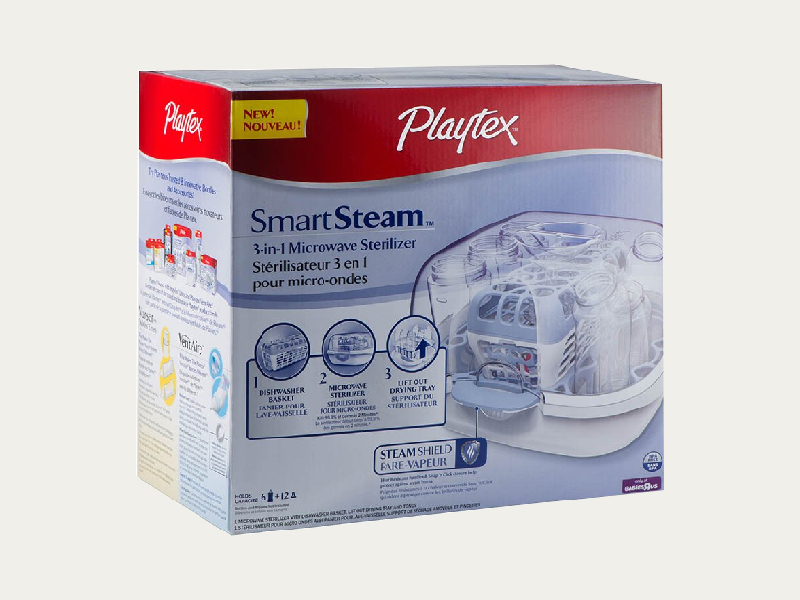 The disinfection process looks like this:
The disinfection process looks like this:
- Children's utensils are pre-washed under the tap from the main dirt and rinsed thoroughly.
- A little water is poured into the special top nozzle.
- Insert the lid and nipple with the handle attached, and then connect the main container and snap it tightly.
- Put the bottle in the microwave oven and set the parameters specified by the manufacturer of the self-sterilizing utensils in the settings.
- At the end of the microwave, remove the dishes, drain the water and use the container for its intended purpose.
It usually only takes about 90 seconds at maximum power to disinfect a self-sterilizing bottle in a microwave oven.
Self-sterilizing containers are designed for frequent high-temperature processing and are not prone to deformationConclusion
Sterilizing bottles in the microwave is much more convenient than boiling them in a saucepan on the stove or treating them with antiseptic solutions.

